The Ultimate Buying Guide for Bed Design
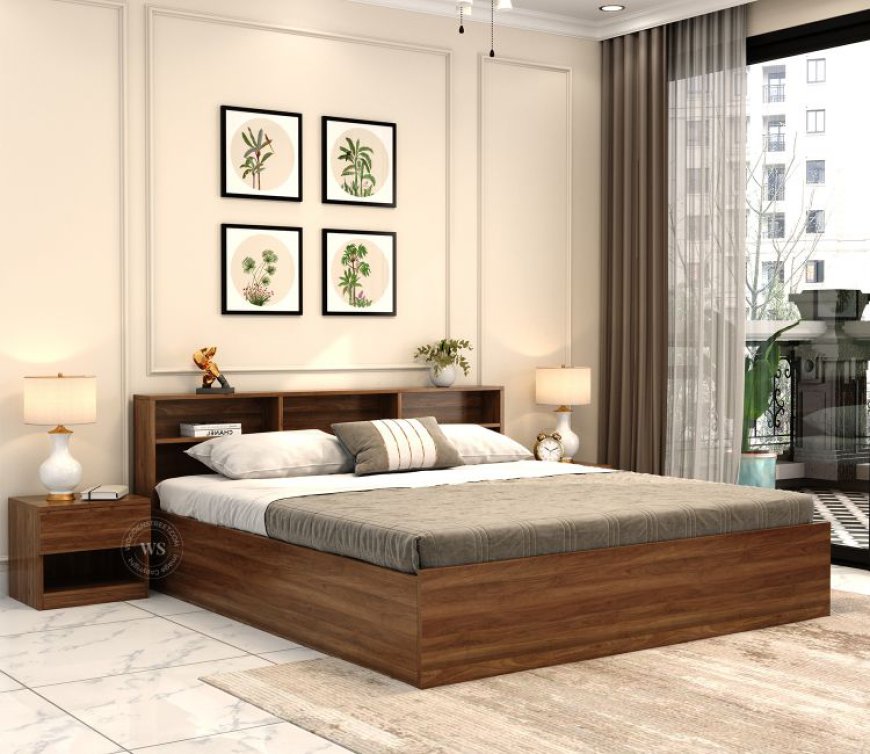
When it comes to creating a comfortable and stylish bedroom, the bed is the focal point of the space. The right bed design not only impacts your sleep quality but also enhances the overall look and feel of your room. With various styles, sizes, and materials to choose from, selecting the perfect bed design can be overwhelming. This detailed buying guide will walk you through all the essential factors to consider when choosing the right bed for your home.
1. Types of Bed Designs

Different bed design cater to various needs, preferences, and interior styles. Here's a breakdown of some of the most popular types of bed designs:
a) Platform Beds
Platform beds are modern, minimalist, and practical. They feature a low frame and often don’t require a box spring. These beds offer a sleek, streamlined look and work well in contemporary and urban-style homes.
b) Storage Beds
For those who need extra space, storage beds come with built-in drawers underneath the mattress or headboard. Ideal for small bedrooms, storage beds offer a dual-purpose solution by combining comfort and utility.
c) Poster Beds
Four-poster beds feature tall posts on each corner, which can be left open or draped with fabric. This bed style gives a classic, luxurious feel to any bedroom and is ideal for larger spaces.
d) Sleigh Beds
Sleigh beds are known for their distinctive curved headboard and footboard, resembling a sleigh. These beds add an elegant, traditional touch to any room, offering both beauty and comfort.
e) Canopy Beds
Similar to poster beds, canopy beds feature four posts connected by an overhead frame. This design allows for decorative curtains or drapes to create a romantic, enclosed feel.
2. Bed Sizes: Finding the Perfect Fit

The size of your bed is critical in determining both comfort and aesthetics. Here are the standard bed sizes to consider:
a) Single Bed (Twin)
- Dimensions: 36 x 75 inches
- Ideal For: Children’s rooms, guest rooms, or small spaces.
b) Double Bed (Full)
- Dimensions: 54 x 75 inches
- Ideal For: Teenagers, single adults, or couples with limited bedroom space.
c) Queen Size Bed
- Dimensions: 60 x 80 inches
- Ideal For: Master bedrooms and couples who want more sleeping space.
d) King Size Bed
- Dimensions: 76 x 80 inches
- Ideal For: Spacious bedrooms and couples who prefer extra room.
e) California King
- Dimensions: 72 x 84 inches
- Ideal For: Taller individuals or those looking for a larger bed in a spacious room.
3. Materials: Choosing the Right Frame
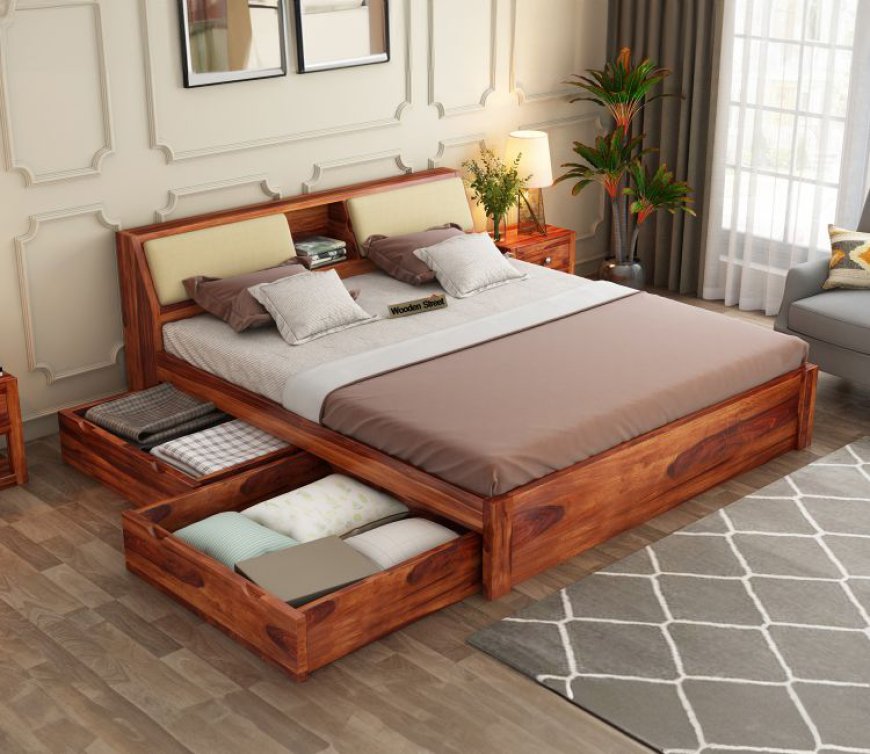
The material of the bed frame affects its durability, appearance, and comfort. Here's a look at common bed frame materials:
a) Wood
Wooden beds are timeless and sturdy. They come in various finishes and styles, from rustic to contemporary. Oak, pine, teak, and walnut are some popular options. Wooden beds provide warmth and a natural aesthetic.
b) Metal
Metal bed frames offer a sleek, industrial look and are known for their durability. Wrought iron and steel are common choices. Metal beds are often lightweight and easier to move but can sometimes lack the warmth of wooden frames.
c) Upholstered
Upholstered beds feature fabric-covered frames, offering comfort and a luxurious feel. Common materials include velvet, linen, and leather. These beds add a soft, cozy touch to any room but require more maintenance than wood or metal frames.
d) MDF and Engineered Wood
These materials are cost-effective alternatives to solid wood. They offer versatility in design and are more affordable, though they may not be as long-lasting as solid wood or metal.
4. Mattress Compatibility: Ensuring Maximum Comfort
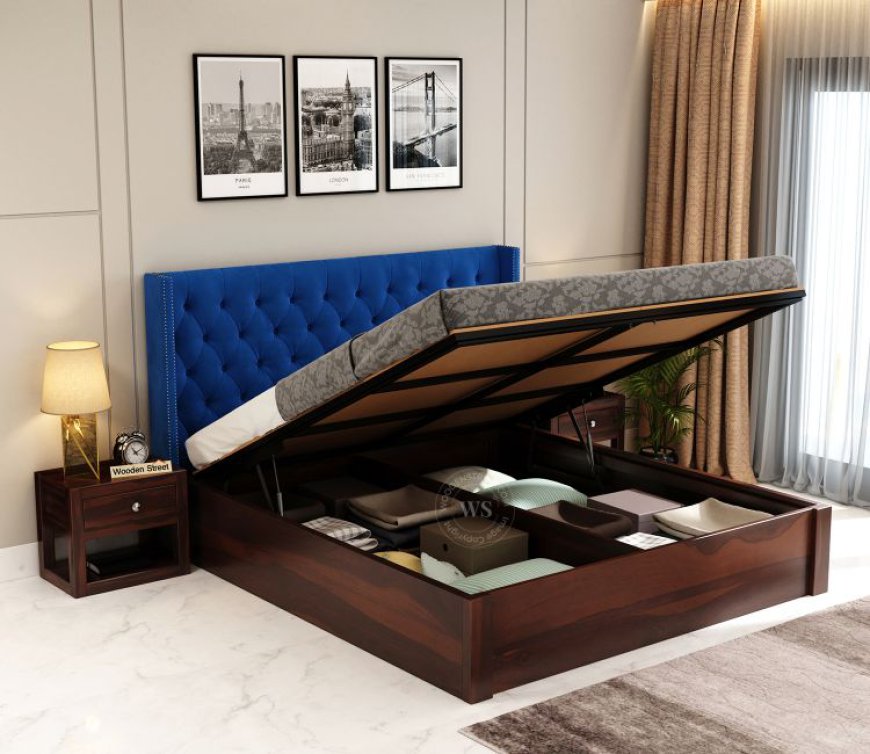
Your bed design should complement the mattress for a cohesive and comfortable setup. Here’s what to consider:
a) Platform Beds
Platform beds support memory foam, latex, or innerspring mattresses without the need for a box spring.
b) Storage Beds
Make sure that the mattress allows for easy access to storage compartments or drawers.
c) Poster and Canopy Beds
These bed designs work well with a variety of mattresses but often benefit from a box spring for added height and support.
d) Upholstered Beds
An upholstered frame pairs well with most mattresses, especially if you want a plush, soft feel.
5. Style and Aesthetics: Matching Your Interior Design
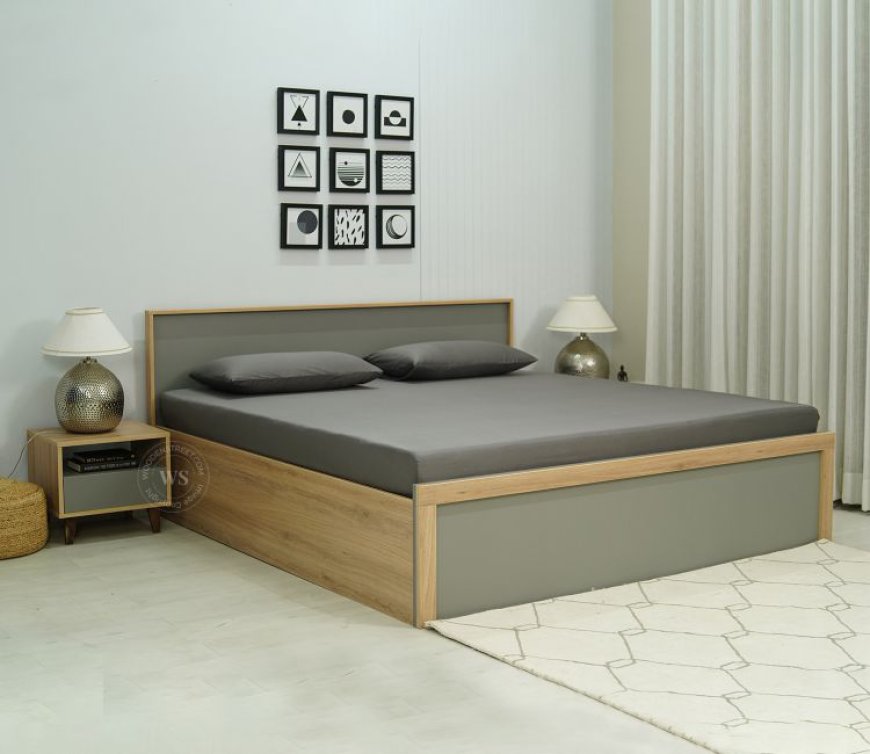
The style of the bed should complement the overall décor of your bedroom. Here’s how to choose the right bed design based on different interior styles:
a) Modern and Minimalist
Opt for platform beds with clean lines, minimal details, and neutral colors. Wooden or metal frames in simple finishes work well in these interiors.
b) Classic and Traditional
Sleigh beds, poster beds, and canopy beds are excellent choices for traditional interiors. Opt for intricate detailing, warm wood finishes, and rich fabrics like leather or velvet.
c) Rustic and Farmhouse
For a rustic or farmhouse-style bedroom, go for wooden frames with a distressed finish. Natural, earthy tones and sturdy craftsmanship are key.
d) Contemporary
Storage beds with smooth, sleek finishes or upholstered beds with a modern touch are ideal for contemporary settings. Look for neutral hues with subtle patterns or textures.
6. Additional Features: Customizing Your Bed Design

Several additional features can make your bed both more functional and aesthetically pleasing:
a) Headboards
Headboards add a design element to your bed and can range from simple wooden panels to tufted upholstered designs. A headboard can enhance comfort when sitting up in bed and adds a stylish focal point.
b) Footboards
Some bed designs include footboards, which can enhance the overall look of the bed and offer additional support for the mattress.
c) Under-bed Storage
Storage beds with built-in drawers or shelves beneath the mattress provide extra storage space, helping you keep your room organized and clutter-free.
d) Built-in Shelves or Nightstands
Some modern bed designs come with integrated shelves or nightstands, offering a space-saving solution for small bedrooms.
7. Budget Considerations: Finding the Best Value
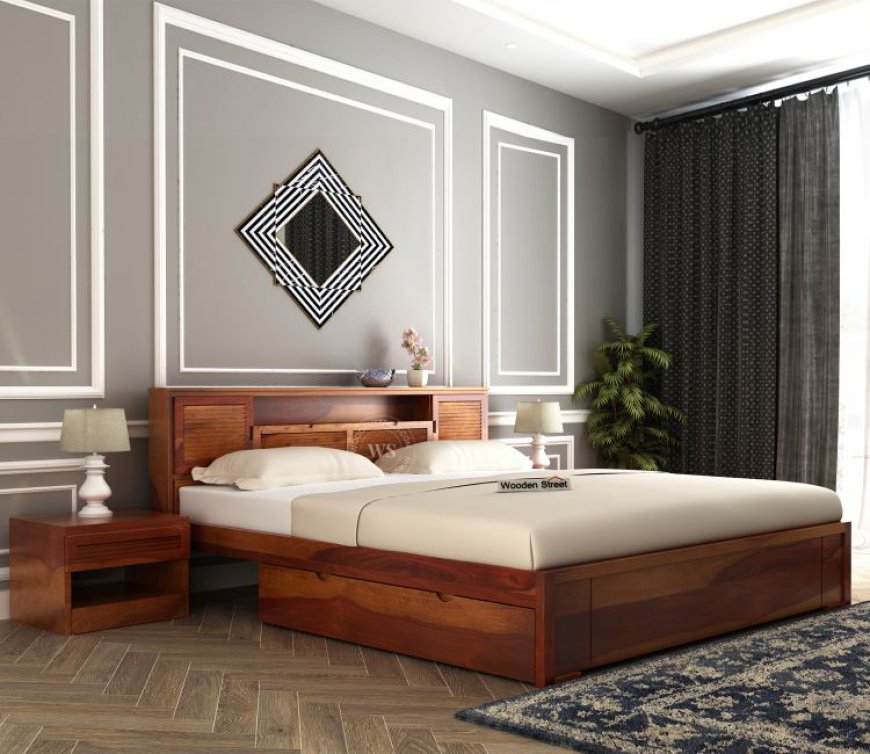
Your budget plays a significant role in determining the bed design you can afford. Here’s how to make the most of your investment:
- Wooden Beds: Tend to be more expensive due to the quality of materials and craftsmanship but offer long-term durability.
- Metal Beds: Generally more affordable and provide excellent value if you're looking for a cost-effective, durable option.
- Upholstered Beds: Can vary in price depending on the material (velvet, linen, leather). Budget-friendly options in faux leather or microfiber are available.
- Storage Beds: These tend to be pricier due to their dual functionality, but they provide excellent value for smaller spaces.
Choosing the right bed design for your home is a significant decision that impacts both your comfort and the overall ambiance of your bedroom. By considering factors such as the type of bed, size, material, style, and additional features, you can find the perfect bed that meets your needs and enhances your space.
If you're looking for a wide range of bed designs that offer both comfort and style, Wooden Street has an extensive collection. From modern platform beds to luxurious sleigh and canopy beds, Wooden Street provides quality craftsmanship and diverse designs to suit every taste. Transform your bedroom into a cozy retreat with a bed design that reflects your unique style.
